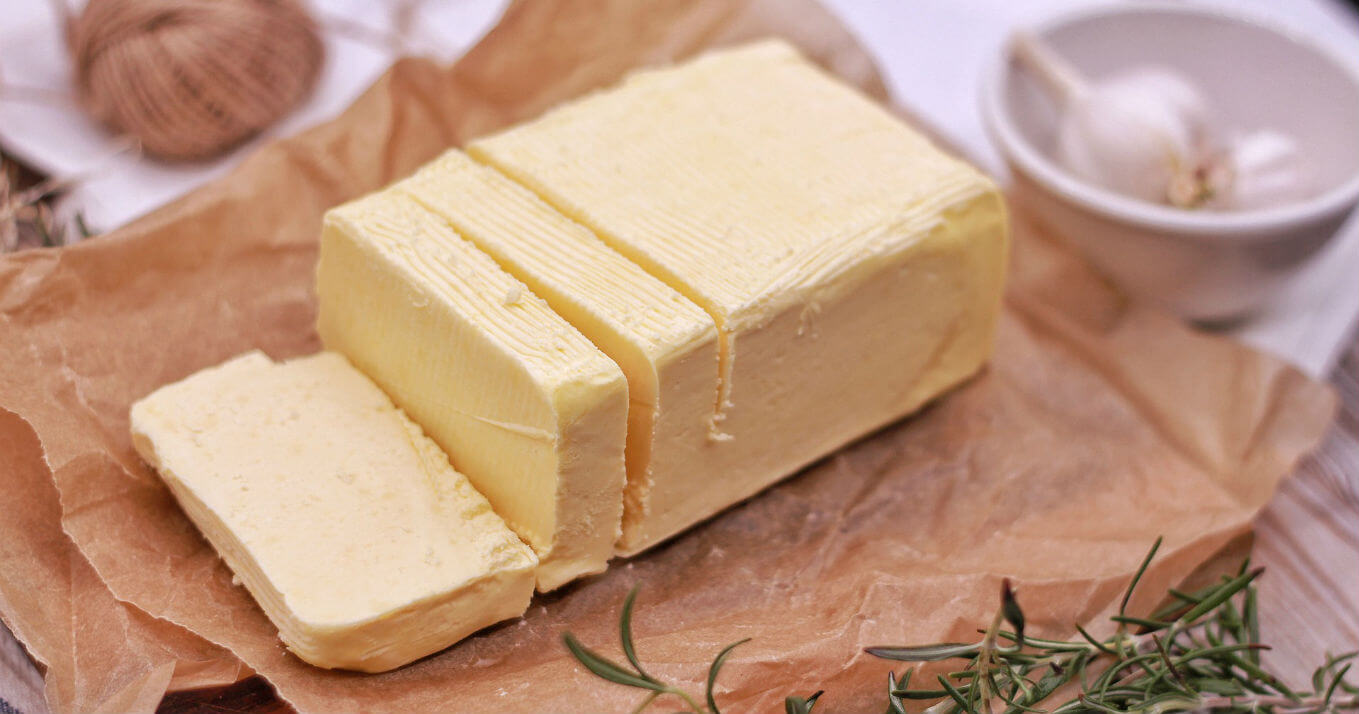
Gimme all the butter. Especially the kind from grass-fed cows! I buy about 8 lbs of grass-fed butter a month for my little family of five, and that’s only because we’ve cut back our consumption of butter and started using more pasture-raised duck fat, bacon grease from heritage breed hogs, real olive oil, and coconut oil in our kitchen. (Yes, I believe butter is a health food!)
Imagine my joy when I found out about the latest large meta-analysis study that pooled data from 16 cohort studies (with a collective 63,682 study participants) on the association between eating dairy fat and incidence of type-2 diabetes.
Pooling all studies, they discovered that people who ate more dairy fat, particularly fat from grass-fed cows, were associated with lower risk of developing type-2 diabetes — independent of major risk factors including age, sex, race/ethnicity, socioeconomic status, physical activity, and obesity (source).
Now, does correlation equal causation? No! But you’ve got to admit this is a healthy association, and it may just throw into doubt what some people believe about butter being bad for you.
This provides yet another blow to the myth that low-fat dairy is healthier than full-fat dairy.
The idea that full-fat dairy contributes to heart disease has been unraveling in the face of recent science. In the past, any sort of study had to rely on individuals self-reporting their food intake, or attempting to remember past food intake at some future point. More recently, scientists have been able to test for blood markers that reliably demonstrate consumption of dairy fats.
Using these better testing methods has yielded impressive results. This study found that those who ate more dairy fat were less susceptible to cardiovascular disease and coronary heart disease. And this 2018 study found that eating more dairy fat was inversely associated with both cardiovascular disease and strokes. In other words, the more butter participants ate, the less likely they were to die of a stroke or have a hardening of the arteries.
Butter is better than margarine.
Unsurprisingly, margarine sales are tanking. The average American now consumes just 3.5 lbs of margarine per year, a dramatic downward slide from the 15 lbs per year heyday of margarine sales in the early 90s. That’s because we now know we were sold a false bill of goods.
In the 80s, the anti-fat craze hit the American mainstream, and our doctors and health professionals all told us that butter was evil and margarine was king. We now know that margarine is full of industrially-produced trans-fats — the only kind of fat definitively linked to coronary heart disease, cardiovascular disease, and stroke (source). We also have conclusively proved that the naturally-occurring trans-fats found in grass-fed butter pose no such risk, and in fact may be slightly protective (source). So by following our doctor’s advice, we’d actually made ourselves more sick.
Meanwhile, butter sales are skyrocketing. Butter consumption is at a 40-year high! Anuja Miner, the executive director of the American Butter Institute attributes butter’s growing popularity to our collective wariness at having the rug pulled out from under us with our misplaced faith in margarine. People, she says, want to return to more traditional, natural foods that we know we can trust. “Margarine and other spreads are no longer viewed as healthier alternatives,” she concludes (source).
Is this new information? Mind-blowing? Life-altering?
Not really, no.
I’ve been preaching this particular gospel for well over a decade now on this site, but it’s good to occasionally check-in with the most recent science and see if it’s catching up with us yet.
You see, I don’t decide what to eat based on this or that latest study or fad diet. I’m sold on the idea that humans should eat the diets they evolved to eat — that whatever our ancestors ate in a pre-industrial society was probably the bees knees for our optimal nutrition. I tend to blame industrial farming practices for not only being an ugly blight upon the landscape, but for also messing up the nutrient-content of our food so badly that the industrialized, modern versions of our ancestral foods are barely recognizable, nutrient-wise.
So, gimme all the butter from grass-fed cows. I’ll eat it right alongside my eggs from pasture-raised chickens, my grass-fed meats and wild-caught seafood. With a healthy dollop of fermented goodness and fresh, local, organic, sustainably-raised vegetables and fruits. And then I’ll down it all with a glass of raw milk from grass-fed cows.
Scholarly sources:
1. Imamura F, Fretts A, Marklund M, Ardisson Korat AV, Yang W-S, Lankinen M, et al. (2018) Fatty acid biomarkers of dairy fat consumption and incidence of type 2 diabetes: A pooled analysis of prospective cohort studies. PLoS Med 15(10): e1002670. https://doi.org/10.1371/journal.pmed.1002670
2. de Oliveira Otto, M., Nettleton, J., Lemaitre, R., M. Steffen, L., Kromhout, D., Rich, S., Y. Tsai, M., Jacobs, D. and Mozaffarian, D. (2013). Biomarkers of Dairy Fatty Acids and Risk of Cardiovascular Disease in the Multi‐Ethnic Study of Atherosclerosis. Journal of the American Heart Association, 2(4).
3. Marcia C de Oliveira Otto, Rozenn N Lemaitre, Xiaoling Song, Irena B King, David S Siscovick, Dariush Mozaffarian, Serial measures of circulating biomarkers of dairy fat and total and cause-specific mortality in older adults: the Cardiovascular Health Study, The American Journal of Clinical Nutrition, Volume 108, Issue 3, September 2018, Pages 476–484, https://doi.org/10.1093/ajcn/nqy117
4. Bendsen, N. T., Christensen, R., Bartels, E. M. & Astrup, A., 2011.Consumption of industrial and ruminant trans fatty acids and risk of coronary heart disease: a systematic review and meta. European Journal Of Clinical Nutrition, 23. März, p. 10-12.
5. Mozaffarian, D., Katan, M. B., Ascherio, A., Stampfer, M. J. & Willett, W. C., 2006. Trans Fatty Acids and Cardiovascular Disease. New England Journal of Medicine, 10. January, p. 1613.
 |



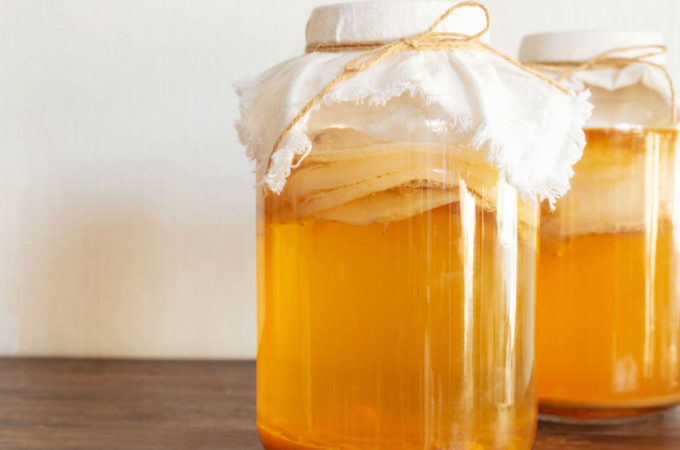
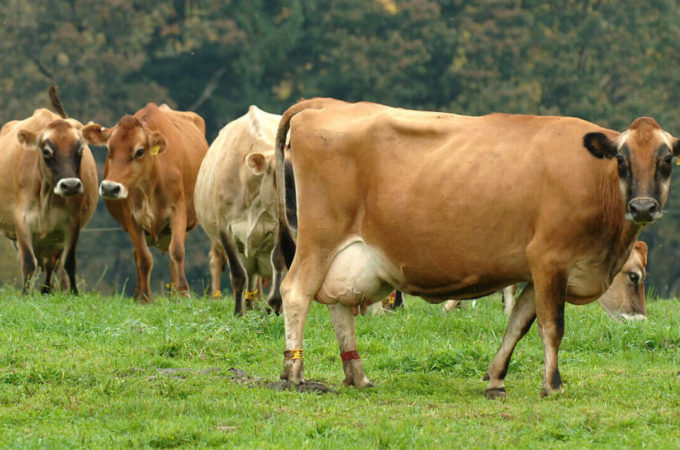
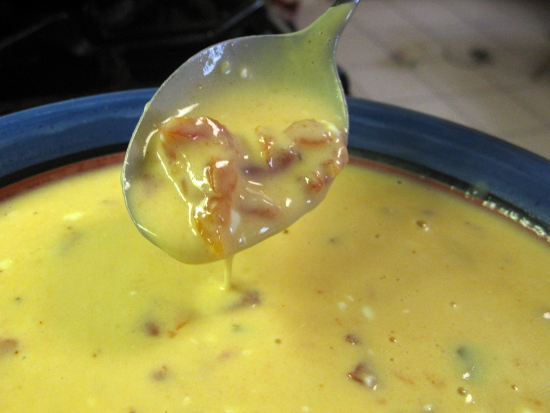
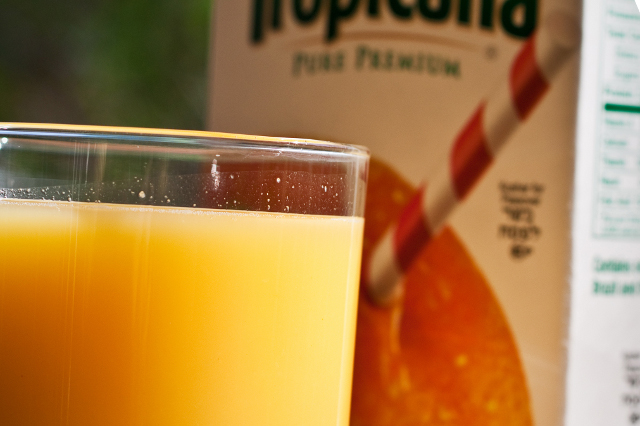
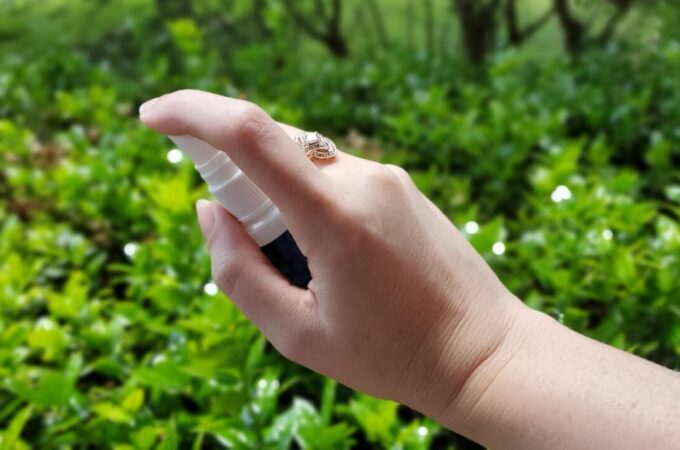
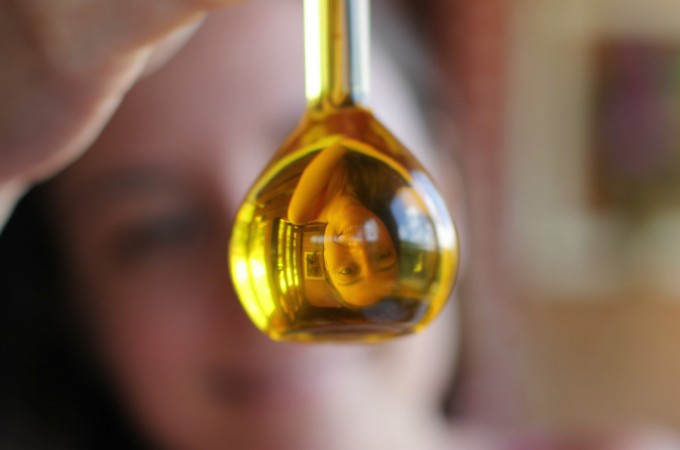
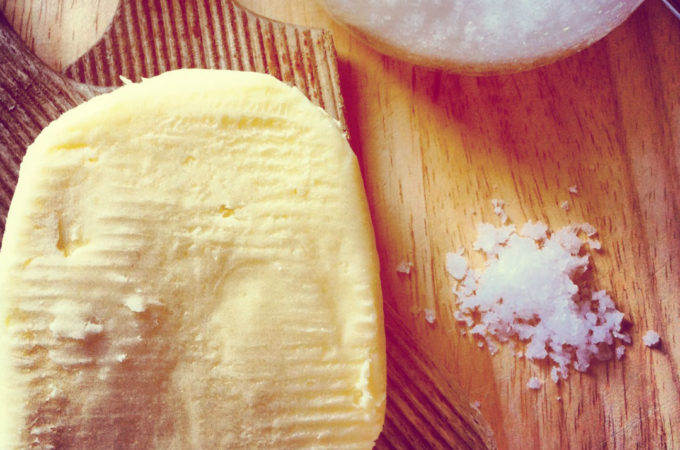

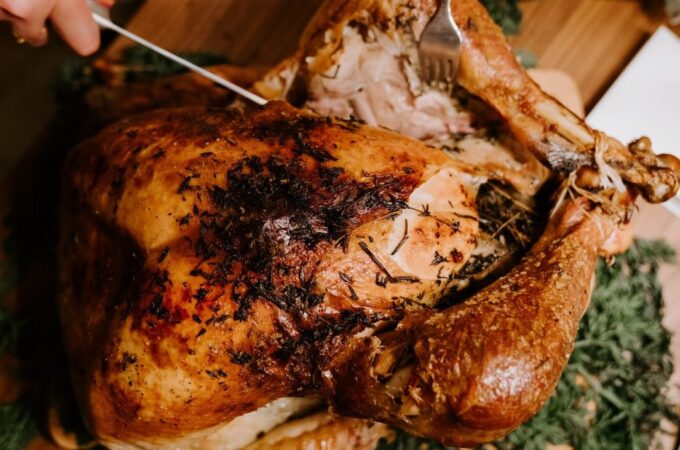

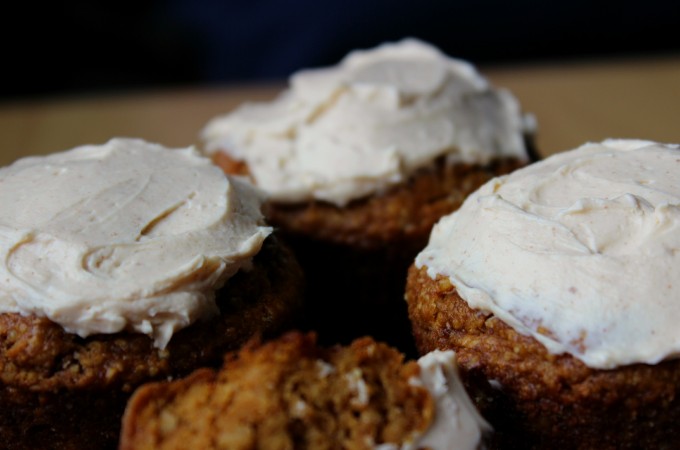
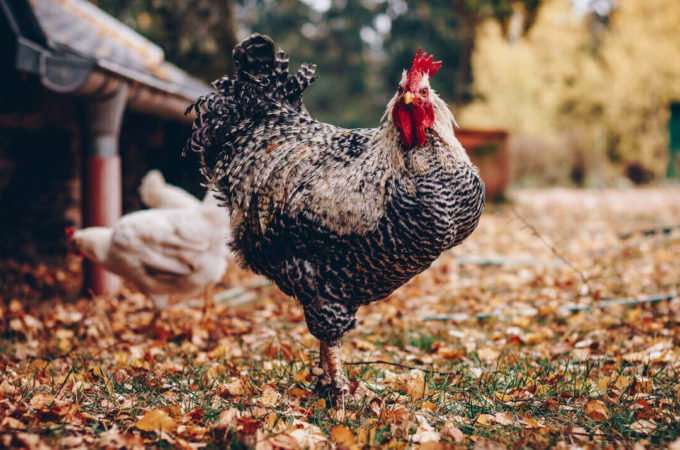
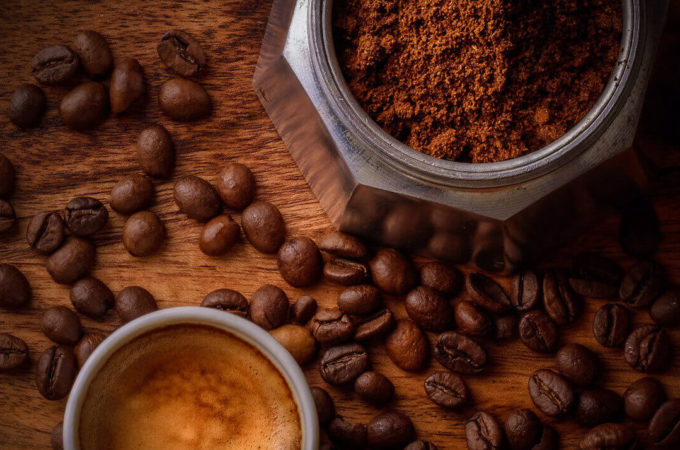
The Keto hype, -the bandwagon of which I have been on for the past two years,- has publicly shared how Insulin is the main culprit to building cholesterol in the body. Neither is Fat the enemy of weight gain. Again, Insulin puts fat and sugar into cell storage. Low Carb, Low Glycemic Index foods caused me to be able to lose 65 pounds in just 9 months. I have Lupus and my issues with Inflammation are nearly nil. I am back to work after five years suffering from my illness. My new job is physically challenging in a popular warehouse, and I have built a lot of muscle over the past year. I weigh 60 pounds more today, than when I was just one size thinner 20 years ago. Keep sharing these important facts you learn. So many people still haven’t heard the truth!!
I think the bigger problem is where margarine type oils are hiding in other popular foods ie.; coffee creamers, baked goods and the grill oil they use at restaurants, to name a few!
I agree! There are a lot of hydrogenated oils in all kinds of foods, including restaurant meals. The worst is that our lax labeling laws allow a package food to claim “no trans-fats” on the front even when they still have trans fats in the food so long as it falls below a certain percentage of the total calories per serving.
Butter also protects against cancer, because of high CLA. It also has vitamins A D E sand K.
Yes. I wrote about that in my post, Why Butter is a Health Food
Hi! A friend had told me to switch to butter a year ago and we did! But, I just buy it at the local grocery store. It is Land o Lakes brand I think. How do we know if the cows were grass-fed? Is this something companies put on labels or will we the consumer need to call and ask? I’m pretty new to this and am happy to have your expertise advice! Thank you in advance!
Hi Corie, see Where to find Grass-fed Butter
You should promote unpasteurized butter. I know it is almost impossible to find in the US.
In Europe, you can get that in every healthfood store.
Unpasteurized butter still contains the fat-digesting enzyme Lipase.
Hi Nick, I actually *do* talk about eating raw (unpasteurized), grass-fed butter in my posts Where to find butter from grass-fed cows and How to Make Butter.